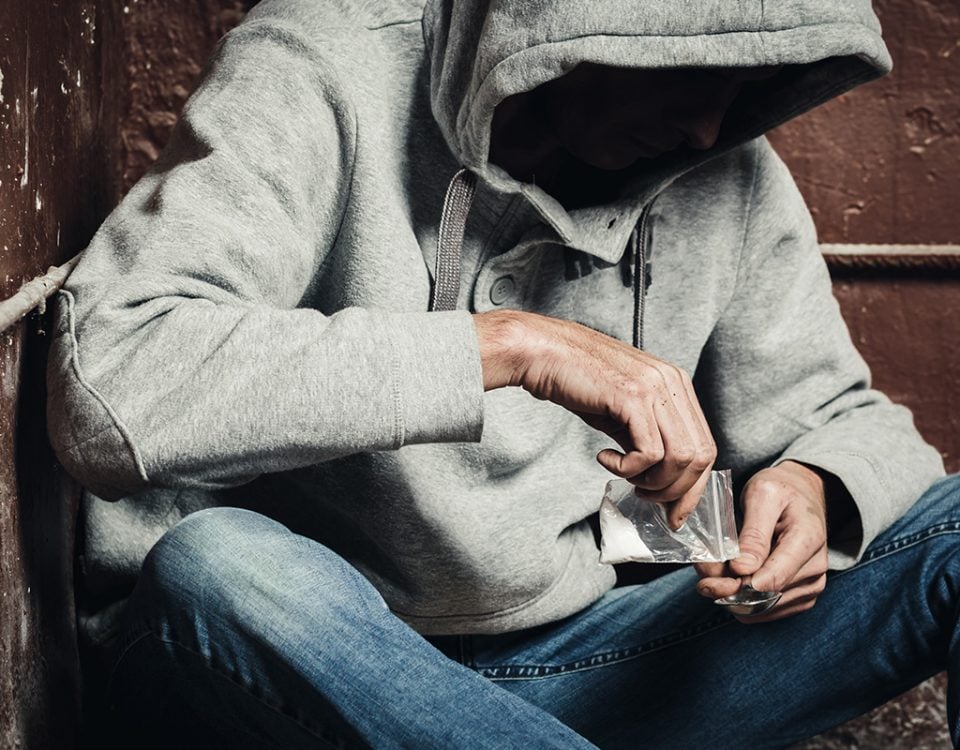The opioid epidemic began in the late 1990s due to an increase in prescription opioids.
As a result, many patients who were prescribed opioids developed a tolerance and dependence on them. Ever since then, opioid abuse has been a serious concern in the United States. Our substance abuse treatment center in Pompano knows that more efforts are being made to combat this issue. One of the ways this problem is being addressed is with the use of medications like naloxone. Because many people aren’t aware of this helpful medication, our team at Banyan Pompano is sharing an ultimate guide to naloxone.
What Is Naloxone Used For?
Naloxone treatment is used to reverse an opioid overdose. It’s a medication that’s been approved by the Food and Drug Administration (FDA) as a safe and effective way to reverse the effects of an opioid overdose. It’s a temporary treatment that’s meant to give people enough time to get medical attention.
It would be administered when an individual shows signs of an opioid overdose like:
- Loss of consciousness
- Inability to speak
- Shallow or irregular breathing
- Bluish skin tone in lighter-skinned people
- Grayish skin tone in darker-skinned people
- Choking sounds or gurgling sounds, otherwise known as a “death rattle”
- Vomiting
- Limp body or limbs
- Pale or clammy skin
- Black or blue tint in fingernails and lips
- Slow heartbeat
The naloxone drug is beneficial to individuals who struggle with opioid abuse and or take high doses of opioids for pain. Naloxone is not a formal kind of treatment for opioid dependence. Individuals who have struggled with opioid addiction can begin their recovery with our medically monitored detox. Our medical detox provides patients with 24-hour care and medical assistance as needed. Detox helps mitigate withdrawal symptoms and addiction cravings to help the patient progress in their recovery.
Questions about our Facilities or Programs?
Our admissions coordinators are available 24/7 to answer any questions you may have as you consider whether treatment at Banyan is right for you or your loved one.
How Does Naloxone Work?
Naloxone is an opioid antagonist that blocks the effects of opioids. It can be used as a nasal spray, injected into the muscle, injected under the skin, or injected into the veins. Naloxone works by binding to opioid receptors, reversing and blocking the effect of opioids like:
- Heroin
- Morphine
- Fentanyl
- Oxycodone
- Codeine
- Hydromorphone
- Hydrocodone
- Buprenorphine
- Methadone
Naloxone cannot be used to treat overdose caused by substances like alcohol, cocaine, methamphetamine, or benzodiazepines. Keep in mind that this medication is not meant to replace addiction treatment and does not cure addiction. A person who abuses opioids or has abused opioids for a long period should receive formal substance abuse treatment. At Banyan Treatment Centers Pompano, we offer a safe and effective opiate treatment that targets the mental and physical effects of opioids.
What Are The Side Effects Of Naloxone?
Naloxone doesn’t cause side effects in an individual who’s not overdosing or does not have opioids in their system. However, it can cause withdrawal symptoms when administered to individuals who abuse opioids or have an opioid addiction. The more naloxone medicine is given, the more intense these symptoms would be. These symptoms usually subside after half an hour to an hour.
The effects of naloxone include:
- Flushed skin
- Dizziness
- Fatigue
- Restlessness
- Anxiety
- Irritability
- Body aches
- Diarrhea
- Stomach pains
- Fever
- Shortness of breath
Again, these side effects are opioid withdrawal symptoms. They can occur as a result of naloxone but they would not occur in a person who is not overdosing or who does not have opioids in their system.
How Long Does Naloxone Stay In Your System?
Naloxone may stay in your system for 30 minutes to 12 hours. This is dependent on the dose and the severity of the individual’s condition, as well as their weight and height. Because naloxone is a fast-acting and temporary solution for opioid overdose, it mitigates overdose symptoms to give the individual enough time to receive medical assistance.
Guide to Naloxone and Which Version Is Better
Not everyone knows how to administer naloxone. Deciding which form of naloxone to use can be nerve-wracking. Intranasal and intramuscular naloxone are both safe and effective and deciding which one you want to use is a personal choice. Intranasal is the least nerve-wracking way to administer naloxone because it eliminates the risks of wrongfully using a needle. This is especially helpful when administering naloxone to an intravenous drug user (IVDU) like a heroin addict.
Getting into treatment is easy with our free insurance verification
"*" indicates required fields
Is Naloxone Safe?
Yes, Naloxone is safe for everyone. You can’t get high on Naloxone, so it would affect a person without opioids in their system like water would. The kit to administer Naloxone contains glass vials, needles, and small pieces that could potentially be harmful to children or people who don’t know how to use these tools. Unless the person is allergic to Naloxone, it’s safe for everyone.
Naloxone may be an investment you need to make. While it’s not a solution for opioid addiction, it can give you or a loved one the chance to get help and change their life.









